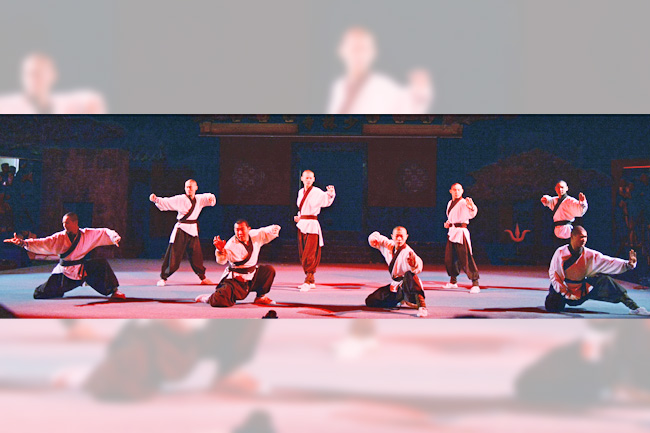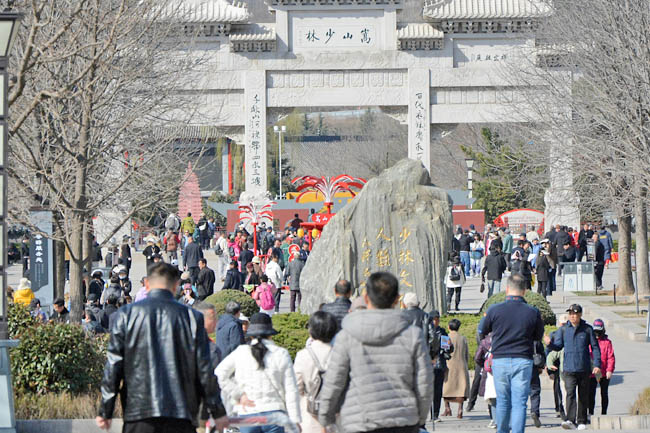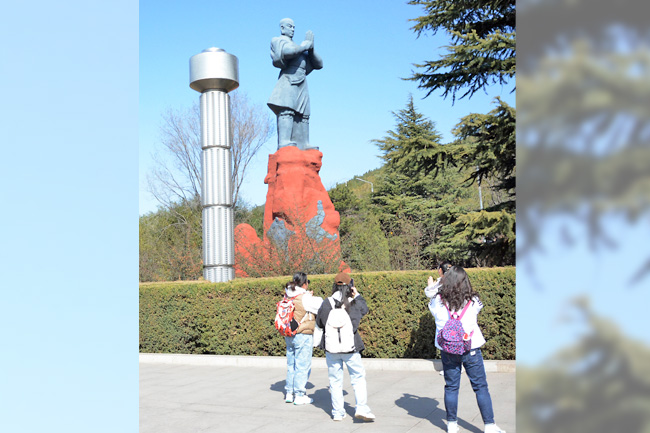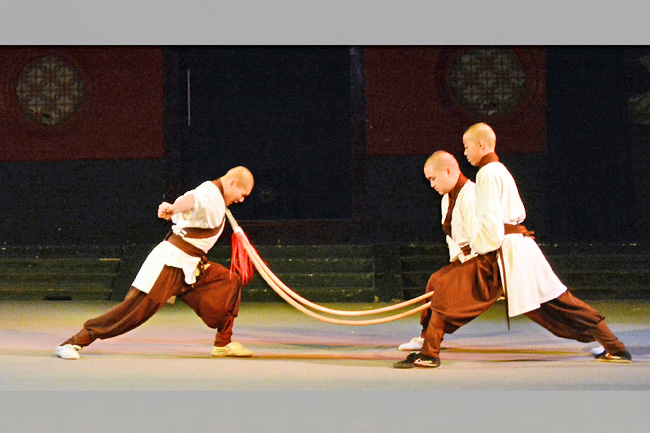If you’ve ever been fascinated by the lightning-fast fists of Kung Fu masters or the serene wisdom behind Buddhist philosophy, then a journey to the legendary Shaolin Temple in China might just be your calling.
Snuggled at the southern foot of Mount Song, in Henan Province’s Dengfeng City, this ancient monastery is more than just a historical site – it’s a living, breathing world of martial arts, meditation and mystique.
Recently, a group of Brunei’s media members and social influencers found themselves whisked away on a BYD-sponsored adventure to the spiritual and cultural heartland of Henan.
One of the most memorable highlights? A rare opportunity to step inside the hallowed grounds of the Shaolin Temple – the cradle of Chinese Kung Fu and Chan (Zen) Buddhism.
MARTIAL ARTS MEETS MINDFULNESS
First founded over 1,500 years ago during the Northern Wei Dynasty, the temple rose to fame in the Tang era (618–907), earning an almost mythical status that still holds today.
The temple is not only where monks refined martial arts into the elegant combat system we now know as Shaolin Kung Fu, but also the birthplace of Chan Buddhism, the spiritual path that would later influence Japanese Zen.
Surrounded by the lush forests of Shaoshi Mountain, the temple complex spans nearly 60,000 square metres.
Arriving at the main gate – first built in 1735 and later restored in 1974 – visitors are greeted by two stoic stone lions and a majestic horizontal plaque, its inscription bestowed by Qing Dynasty’s Emperor Kangxi himself. It’s the kind of entrance that commands reverence.
But the temple is no museum relic. On the walk in, the atmosphere shifts from solemn to electric. Along the approach road are modern Shaolin schools, their courtyards echoing with the synchronised stomps and shouts of students training under the watchful eyes of their masters.
Inside the grounds, robed disciples glide across stone floors in silent determination—a living testament to a practice perfected over centuries.




THE SHAOLIN SHOWSTOPPER
For many travellers, the highlight is undoubtedly the Shaolin Kung Fu performance, where trained monks showcase jaw-dropping feats of strength, agility, and discipline.
From traditional weapons displays to the famed “iron body” demonstrations, the show pulls no punches – both literally and figuratively.
“It’s absolutely worth opting for the VIP ticket,” said one traveller, noting the privilege of early entry and front-row seats. “The theatre fills up fast, and every second counts when you’re witnessing something this mesmerising.”
Brunei’s own Pengiran Md Syahreen bin Pengiran Haji Metassan, better known as Alin, found himself swept up in the energy – quite literally – when he was invited on stage to mimic a series of basic Kung Fu moves.
His spontaneous performance, though humble, won over the full house with applause and laughter, proving that at Shaolin, spirit matters just as much as skill.
STORIES CARVED IN STONE
Once the adrenaline fades, the temple invites visitors to slow down and reflect. Walking through the sacred grounds is like stepping into a living chronicle of Chinese spiritual heritage.
Each hall has its own narrative – the Hall of Heavenly Kings, with its fierce guardians; the Mahavira Hall, considered the soul of the temple; the Hall of Six Patriarchs, honouring legendary Buddhist figures; and the Thousand Buddhas Hall, its murals and statues a gallery of devotion and artistry.
But perhaps the most poignant stop is the Pagoda Forest, a hauntingly beautiful burial ground for Shaolin’s most revered monks.
Over 230 ancient stone towers rise from the earth like silent sentinels, built across dynasties from the Tang to the Qing. Here, the lives and teachings of generations are immortalised in towering elegance – no two pagodas alike.
In 2010, Shaolin Temple and its surrounding sites were inscribed as a UNESCO World Heritage Site, affirming its place on the global stage. It also holds the prestigious title of National 5A-level Scenic Spot in China – akin to being named one of the country’s most treasured destinations.
But fame has a price. With hundreds of thousands of tourists visiting each year, some have observed that the temple risks drifting from its core philosophies of humility, restraint, and mindfulness.
Souvenir shops line the entrance, performance halls buzz with commerce, and it’s not uncommon to see visitors more focused on selfies than self-reflection.
That said, beneath the layers of modern tourism lies an unshakable truth: Shaolin endures.
It continues to inspire with its timeless blend of discipline and inner peace, drawing seekers from around the globe, whether they arrive as martial artists, spiritual pilgrims, or simply curious travellers.
BEFORE YOU GO
If you’re planning your own visit to the Shaolin Temple, prepare for both spiritual depth and tourist bustle. Comfortable walking shoes are a must, as the temple grounds are vast and uneven in parts. Arrive early for the Kung Fu performance if you’re not springing for the VIP ticket.
And most importantly, bring an open heart. Shaolin’s greatest gift isn’t the spectacle – it’s the quiet invitation to discover your own balance between strength and serenity. – James Kon


